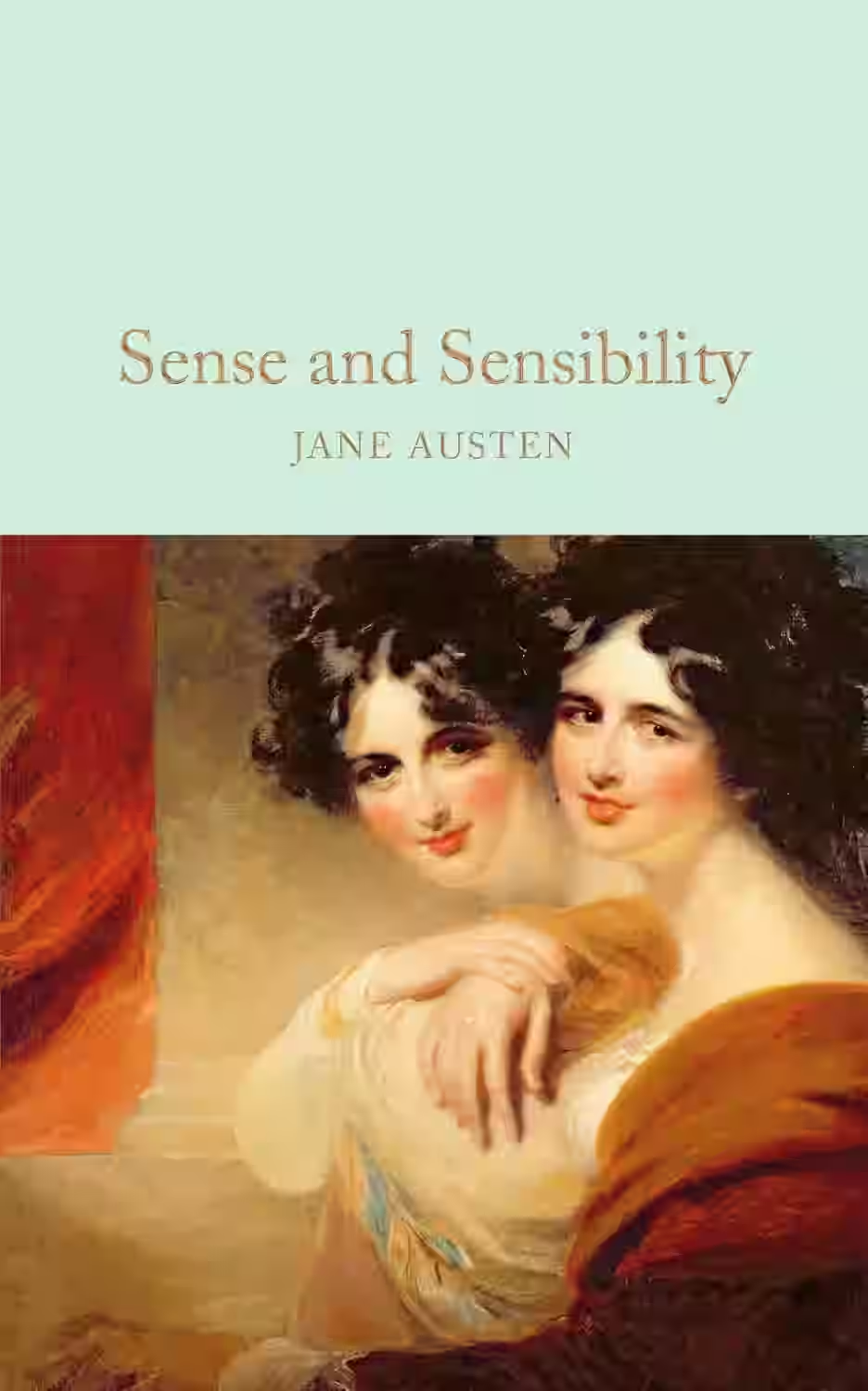
Jane Austen's 'Sense and Sensibility' explores the contrasting lives and philosophies of the Dashwood sisters, Elinor and Marianne. Set in 19th-century England, the novel delves into the themes of love, heartbreak, and sociopolitical constraints on women of that era. Elinor embodies 'sense,' with her pragmatic and composed nature, while Marianne represents 'sensibility,' guided by emotion and spontaneity. The sisters navigate the choppy waters of romance, betrayal, and societal expectations, each finding their own path to happiness. Austen's sharp wit and keen observations of human nature not only craft a compelling narrative but also critique the limitations imposed on women in her time. 'Sense and Sensibility' remains a timeless reflection on the balance between reason and emotion, and the enduring quest for personal fulfillment.
About Jane Austen
A keen observer of English society during the Regency era, Jane Austen's novels offer witty and insightful portrayals of manners, marriage, and social standing. Through beloved works like Pride and Prejudice and Sense and Sensibility, she masterfully crafted intricate plots and memorable characters, often focusing on the lives of women navigating societal expectations and the pursuit of love. Her enduring popularity lies in her timeless exploration of human relationships and her sharp social commentary.
Other Books by Jane Austen
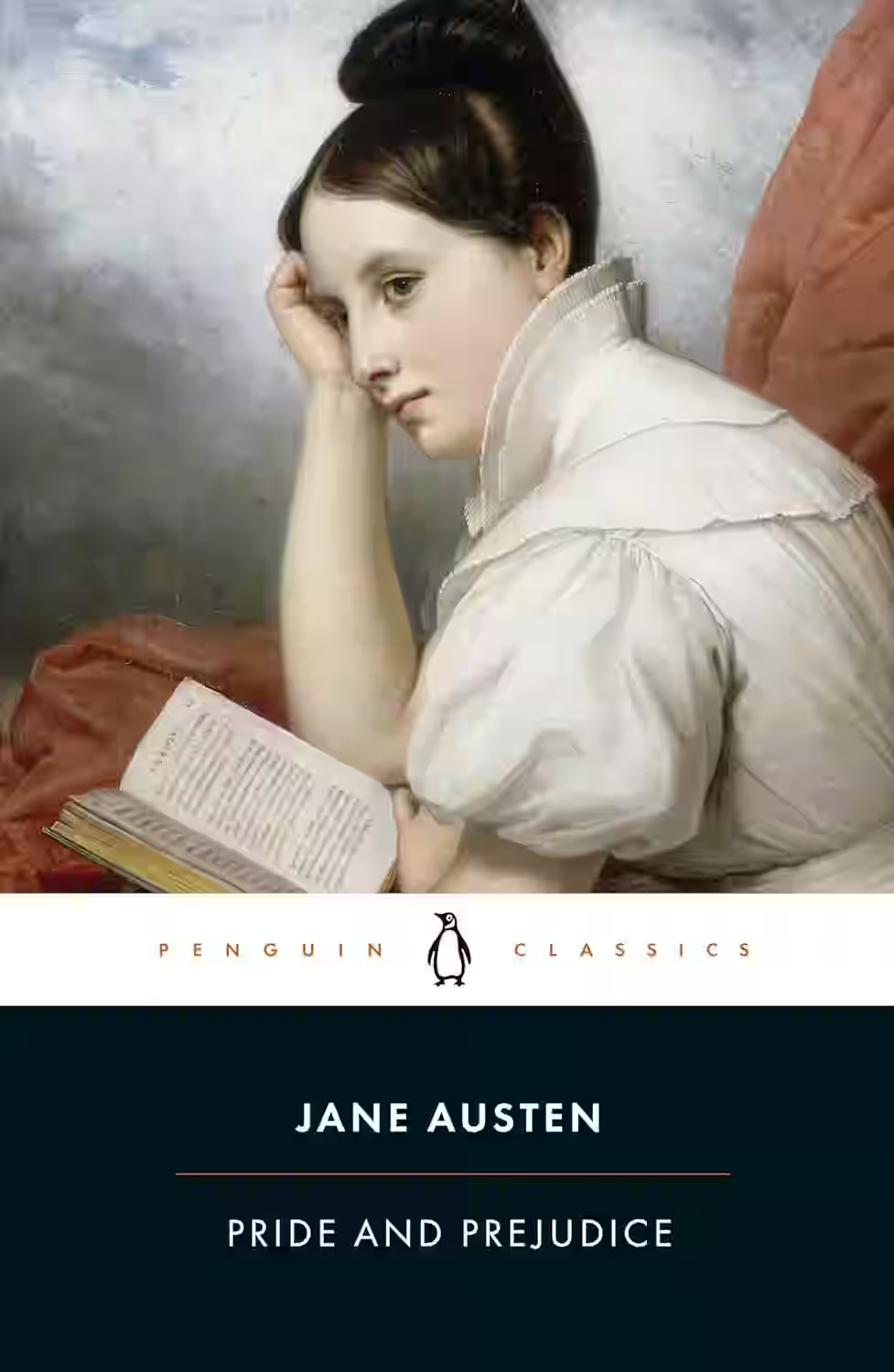
Pride and Prejudice
by Jane Austen
This beloved classic follows the spirited Elizabeth Bennet as she navigates love, marriage, and social status in Georgian-era England. When the wealthy and proud Mr. Darcy enters her life, their mutual prejudices create a complex dance of misunderstanding and growth. Through razor-sharp wit and social commentary, Austen crafts a timeless romance while critiquing class, marriage, and gender roles in 19th-century society.

Emma
by Jane Austen
In Emma, Jane Austen crafts a witty and insightful portrait of a young woman who delights in matchmaking but misjudges her own feelings and those of others. Set in a quiet English village, the novel follows Emma Woodhouse as she navigates the social intricacies of love, class, and friendship. Though intelligent and charming, Emma’s meddling leads to misunderstandings that reveal her need for self-awareness. This classic novel explores personal growth and the pitfalls of pride with enduring humor and elegance.
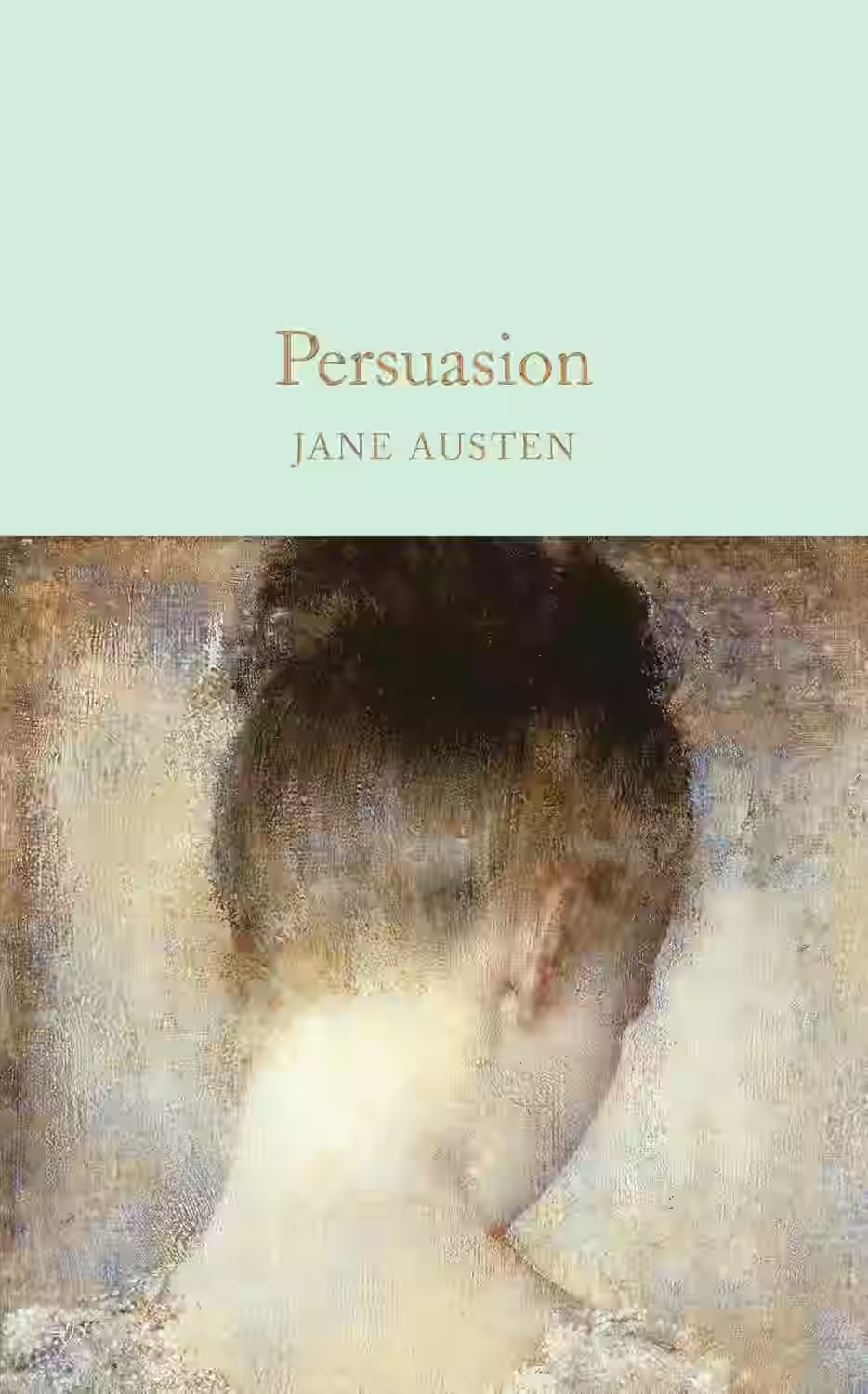
Persuasion
by Jane Austen
Jane Austen’s Persuasion is a quiet, mature romance about second chances. Anne Elliot, who once rejected the love of Captain Wentworth due to family pressure, encounters him again years later. Set against the backdrop of shifting social structures in early 19th-century England, the novel reflects on regret, resilience, and constancy. It is Austen’s final completed work and perhaps her most introspective, featuring a heroine whose emotional depth and intelligence reveal a nuanced view of love and personal growth.
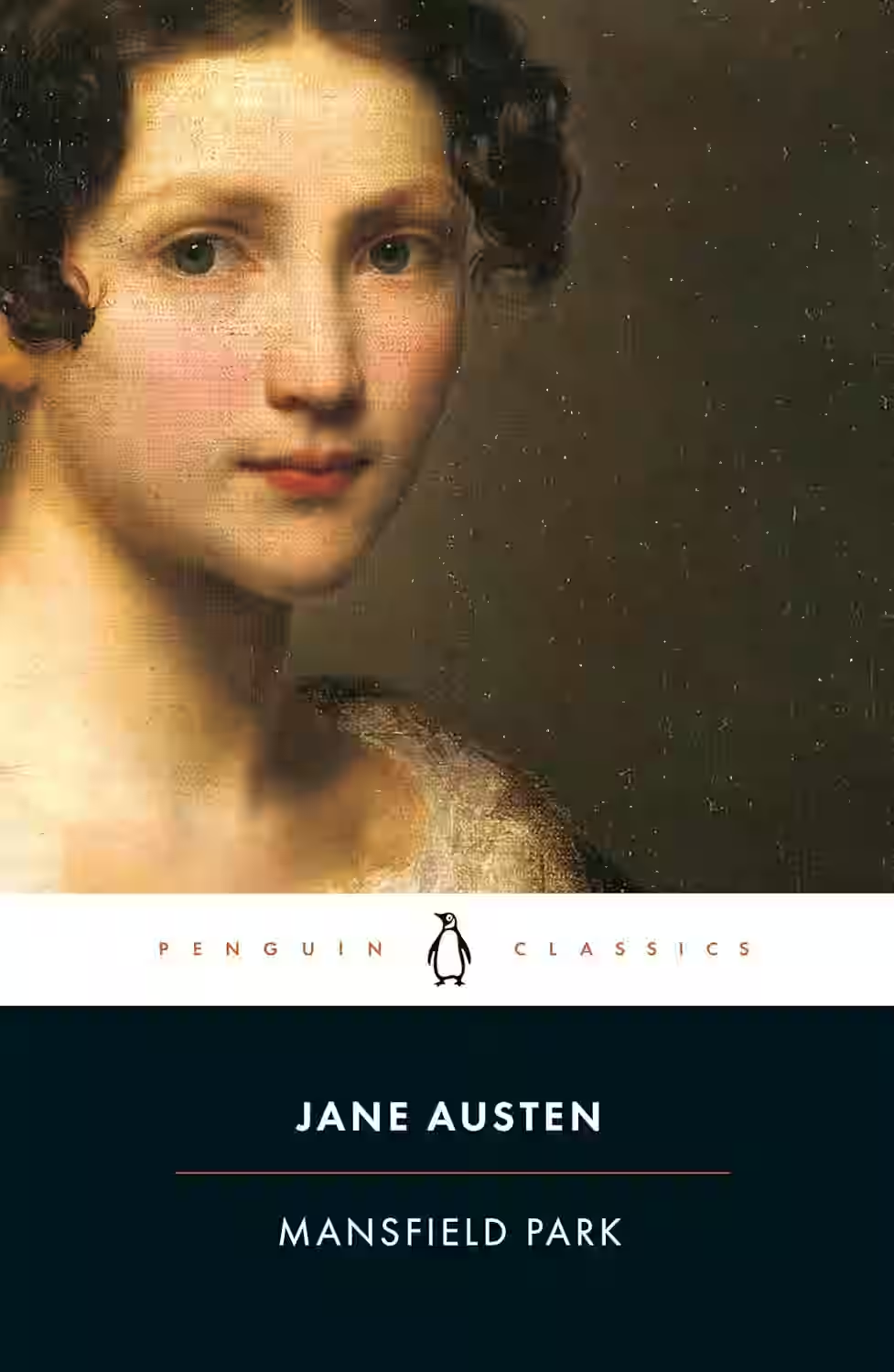
Mansfield Park
by Jane Austen
Jane Austen's 'Mansfield Park' intricately weaves a tale of class, morality, and personal growth through the experiences of Fanny Price, a timid and often overlooked young woman. Sent to live with her wealthy relatives at Mansfield Park at a young age, Fanny observes the intricate social dynamics and moral dilemmas that define the lives of those around her. The novel delves into themes of family, love, and the rigidity of social hierarchies, offering a critique of the societal values of Regency England. Unlike Austen's more light-hearted works, 'Mansfield Park' challenges readers with its somber tone and reflective examination of virtue, affording it a unique position in Austen's canon. Its exploration of Fanny’s internal struggles and the societal constraints she navigates remains impactful, engaging readers in a compelling narrative that questions the true nature of happiness and moral integrity.
Similar Books

The Jungle
A harrowing expose of the American meatpacking industry in the early 20th century, The Jungle follows immigrant worker Jurgis Rudkus as he endures exploitation, poverty, and tragedy. Intended to highlight workers’ rights, it shocked readers with its depiction of unsanitary conditions, leading to major food safety reforms. Sinclair’s powerful, muckraking novel remains a classic of social criticism and a landmark in investigative literature.
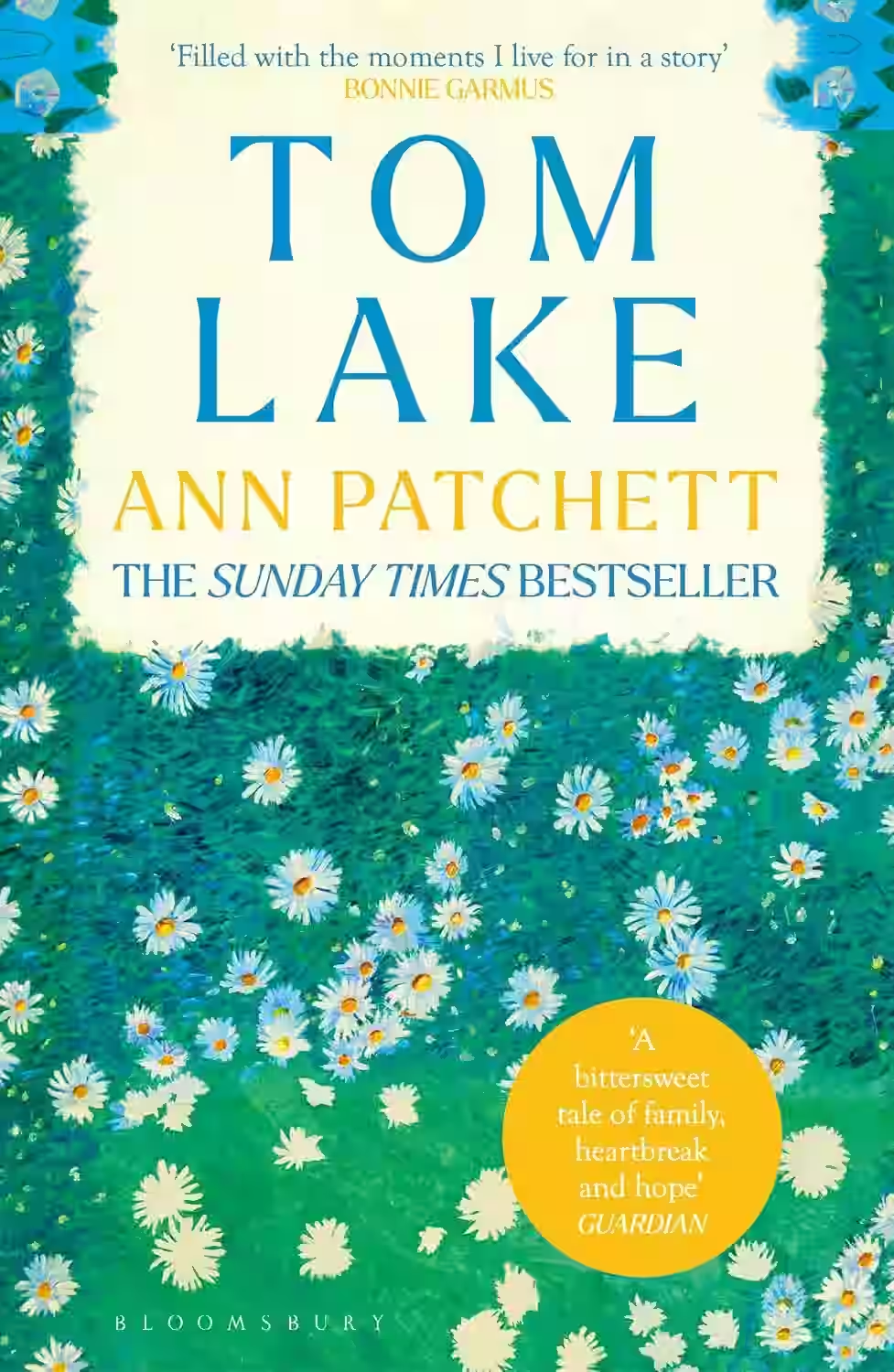
Tom Lake
by Ann Patchett
Set against the backdrop of a Michigan cherry orchard during the COVID-19 pandemic, Tom Lake follows Lara as she recounts her youthful romance with a now-famous actor to her three grown daughters. As they harvest fruit, the story weaves past and present, exploring the choices we make, the roads not taken, and the meaning of a life well-lived. Ann Patchett’s luminous novel is a meditation on motherhood, storytelling, and the quiet beauty of ordinary life. Richly atmospheric and emotionally resonant, Tom Lake invites readers to consider how love, memory, and time shape us.
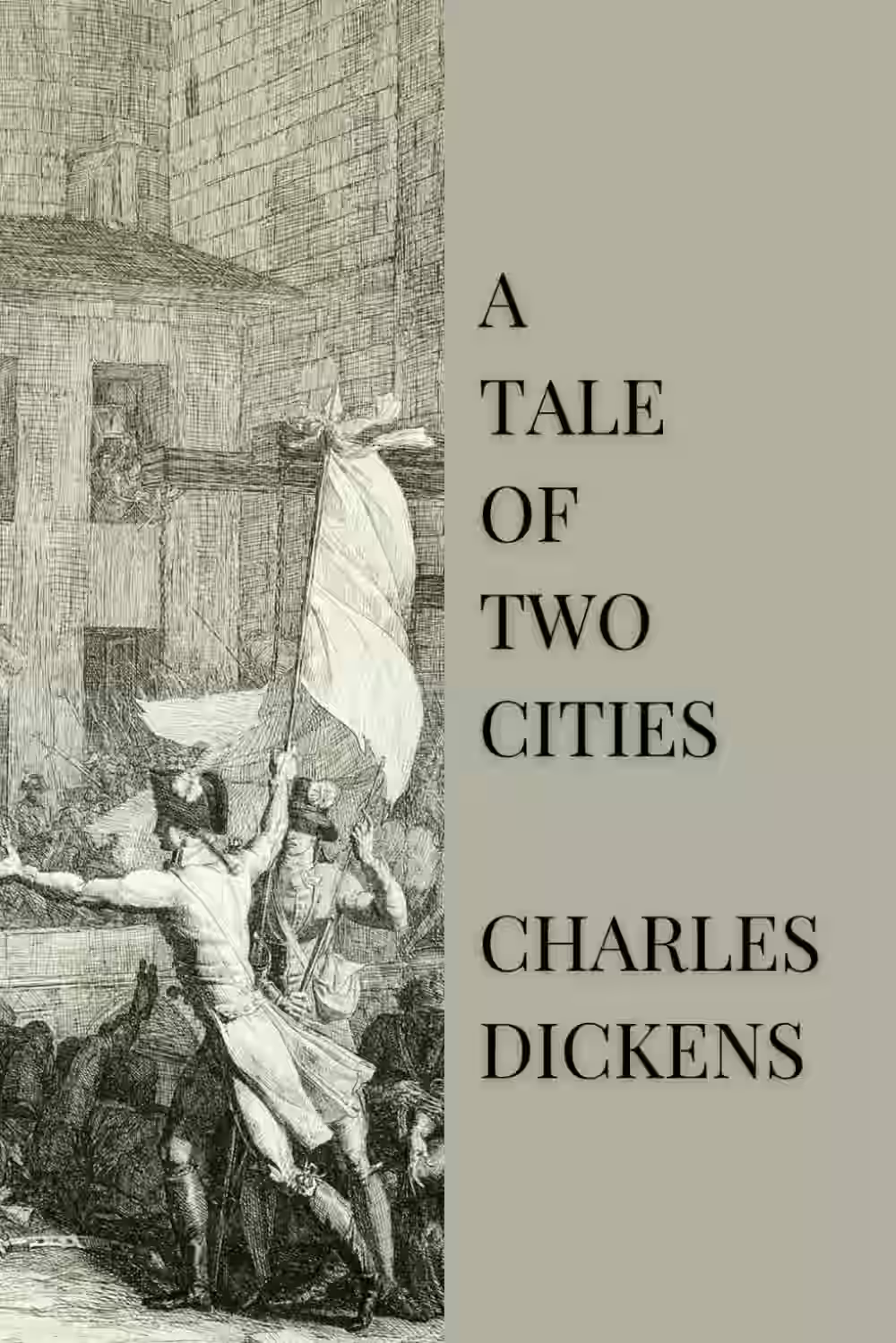
A Tale of Two Cities
In Charles Dickens' 'A Tale of Two Cities,' the turbulent backdrop of the French Revolution sets the stage for a gripping narrative of love, sacrifice, and redemption. The novel intertwines the lives of characters from London and Paris, illustrating the stark contrasts between the two cities during a tumultuous time in history. Through intricate plots and vivid descriptions, Dickens explores themes of resurrection, oppression, and the consequences of societal injustice. As the characters navigate personal struggles and political upheaval, the story builds towards a powerful climax that resonates with themes of hope and renewal. 'A Tale of Two Cities' remains a timeless classic that captivates readers with its profound insights into human nature and the enduring power of love and sacrifice.

Uncle Tom’s Cabin
A landmark anti-slavery novel, Uncle Tom’s Cabin tells the story of enslaved man Tom and the brutal realities of slavery in 19th-century America. With vivid characters and emotional power, it galvanized abolitionist movements and shaped public opinion like no other book of its time. Though controversial for its portrayals today, it remains a pivotal work in American literature and history, sparking empathy and national debate.